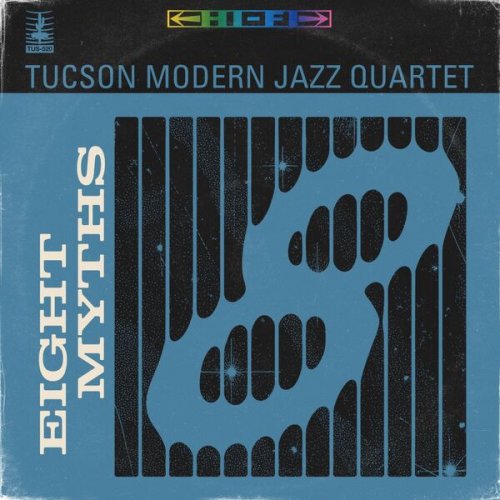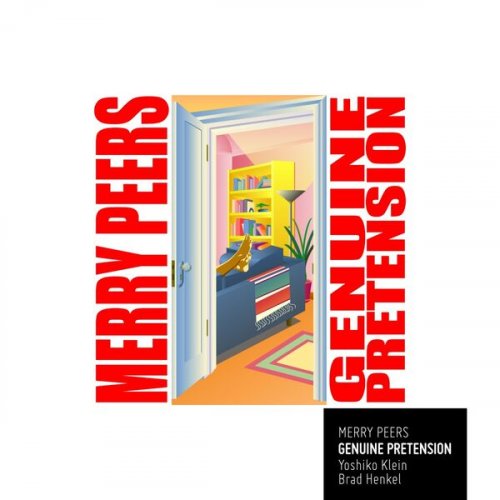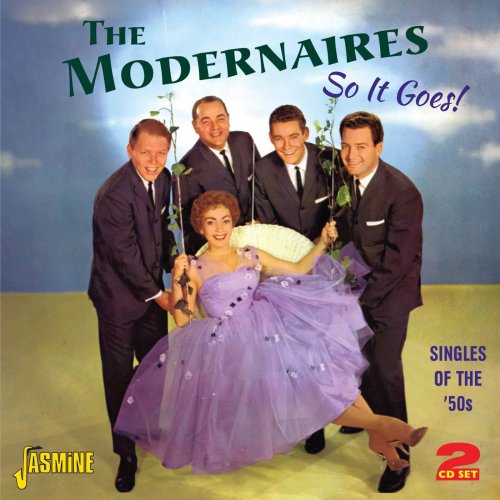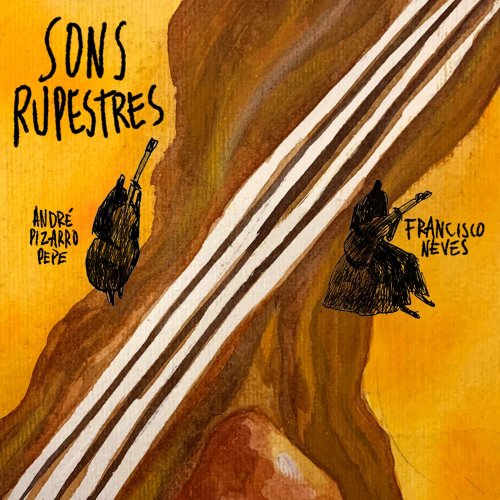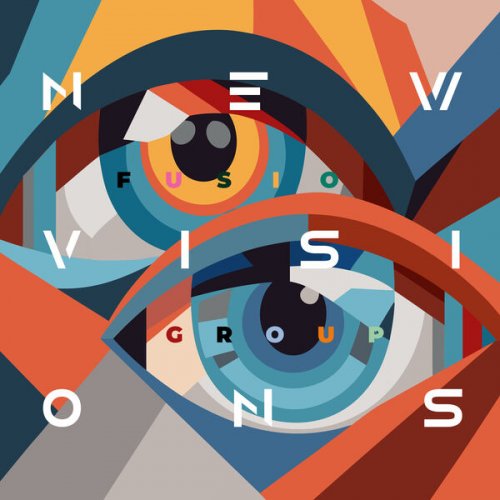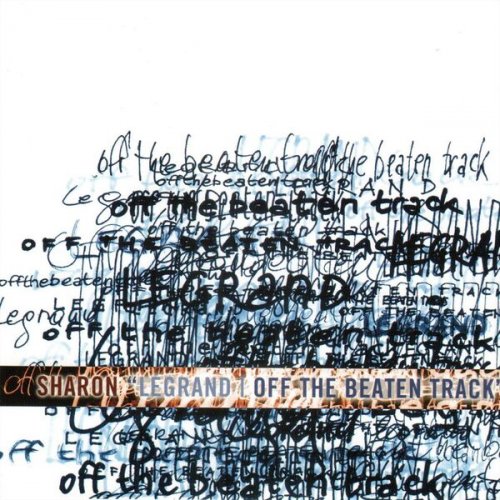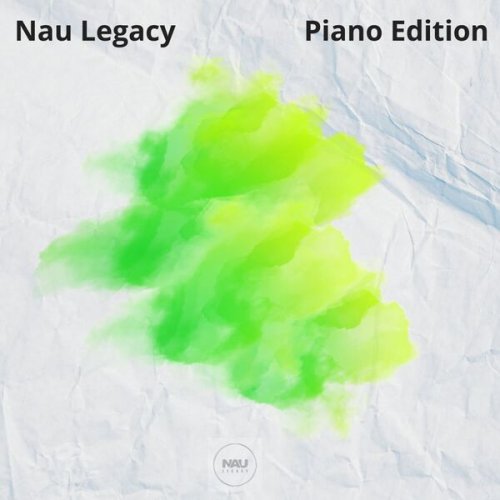Gillian Margot and Geoffrey Keezer - Gillian Margot and Geoffrey Keezer (2025) [Hi-Res]
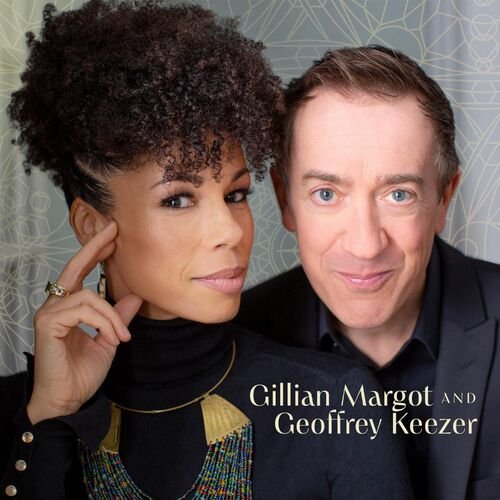
Artist: Gillian Margot, Geoffrey Keezer
Title: Gillian Margot and Geoffrey Keezer
Year Of Release: 2025
Label: MarKeez Records
Genre: Jazz
Quality: FLAC (tracks) 24/96, FLAC (tracks)
Total Time: 00:48:41
Total Size: 921 / 220 MB
WebSite: Album Preview
Tracklist:Title: Gillian Margot and Geoffrey Keezer
Year Of Release: 2025
Label: MarKeez Records
Genre: Jazz
Quality: FLAC (tracks) 24/96, FLAC (tracks)
Total Time: 00:48:41
Total Size: 921 / 220 MB
WebSite: Album Preview
01. Gillian Margot and Geoffrey Keezer - Blame It on My Youth (5:22)
02. Gillian Margot and Geoffrey Keezer - Thou Swell (3:34)
03. Gillian Margot and Geoffrey Keezer - The Greatest Story Ever Told (4:46)
04. Gillian Margot and Geoffrey Keezer - Joyce (Viva o Rio de Janeiro) (3:55)
05. Gillian Margot and Geoffrey Keezer - Lush Life (4:01)
06. Gillian Margot and Geoffrey Keezer - Eternal Child (4:35)
07. Gillian Margot and Geoffrey Keezer - A Timeless Place (The Peacocks) (7:16)
08. Gillian Margot and Geoffrey Keezer - Day In, Day Out (3:53)
09. Gillian Margot and Geoffrey Keezer - Here Comes the Flood (5:12)
10. Gillian Margot and Geoffrey Keezer - All My Tomorrows (6:14)
This sublime duo recital by singer Gillian Margot and pianist Geoffrey Keezer is the fourth release on MarKeez Records, their eponymous imprint label. Recorded in December 2024 at Bunker Studio in Brooklyn, it marks a felicitous inflection point in the discographies of both musicians, each an erudite master of their instrument.
Partners in music since 2014 and in life since 2016, both Margot and Keezer share a predisposition to address, in Margot’s words, “different styles, genres, or grooves and feels, and harmonic implications.” Imperatives of excellence, elegance, and stylistic versatility infused Margot’s accomplished debut, Black Butterfly (Hipnotic), where she placed her supple contralto at the service of various signpost late-20th century tunesmiths, including Joni Mitchell, Curtis Mayfield, and Jimmy Webb, with a dash of Brazil and two self-penned lyrics, including a blues that served as the album’s penultimate track, preceding a crisply swinging rendition of “I Wish I Were in Love Again” by Rodgers and Hart. Margot named her 2020 follow-up, Power Flower, for Stevie Wonder’s late 1970s classic, which she renders with a fresh approach, as she does the 1980s Crusaders hit, “One Day I’ll Fly Away”; the folk song “Black Is The Color of My True Love’s Hair”; and four originals, including two songs co-composed with Keezer, who plays keyboards and piano throughout.
Margot performs on five selections on Keezer’s On My Way to You, from 2018. His instrumental treatments of songs by Thelonious Monk, Stevie Wonder, Jerome Kern, Jimi Hendrix, and Earth, Wind and Fire showcase the pianistic wizardry that the late David Sanborn, his one-time employer, once responded to by stating, “I didn’t know that was humanly possible.” The Keezer-Margot collaborations include an orchestral version of the title track (a Michel Legrand-Alan and Marilyn Bergman ballad on which she inhabits the tenderly sensuous lyric) and a ravishing duo on the Roberta Flack-associated “The First Time Ever I Saw Your Face”.
In recent years, Margot and Keezer have addressed a similarly capacious range of repertoire in their duo performances. “We’d be signing CDs and LPs at our merch table, and people inevitably asked, ‘So where is the duet album?’,” Margot says. “We finally took the hint. We decided to pull out a variety of songs we like, and whatever came to mind, we’d do it.”
A spirit of freedom judiciously balanced with collective consciousness pervades the proceedings, as Keezer and Margot mind-meld on a half-dozen ‘Standard’ standards – “Lush Life” and “The Peacocks” from the Jazz Songbook, and Great American Songbook chestnuts “Blame It on My Youth,” “Thou Swell,” “Day In, Day Out,” and “All My Tomorrows” – along with authoritatively interpreted songs by Hermeto Pascoal (“Joyce”) and Peter Gabriel (“Here Comes the Flood”), a virtuosic voice-as-instrument treatment of Chick Corea’s “Eternal Child,” and a possible future standard titled “The Greatest Story Ever Told”, by Donald Brown – Keezer’s early mentor – and his wife Dorothy Brown.
“The standards still hold up,” Keezer says. “They’re interesting songs. They have interesting forms. There’s a lot more happening harmonically and melodically than in most of the popular music out there now. The stories that are being told in them still happen today. I mean, you fall in love, you fall out of love. The same stuff is going on.”
“Geoffrey provides such a great harmonic and rhythmic landscape that I don’t feel I’m missing a drummer or a bassist,” Margot says. “There’s constant stimulus that feeds all the creativity. We’re not stuck in a box. If he takes us in one direction, I’ll go with him if I want, or if I change directions, he goes with me if he wants. Within an instant, we can switch from something dense to creating a huge amount of space to change the mood. Having that flexibility and elasticity allows us to explore.”
“When I play solo piano, the number-one priority – in music that is supposed to have a groove – is that it has a strong groove,” says Keezer, whose previous solo recordings are Zero One, from 1999, during his tenure with the Ray Brown Trio, and the protean Heart of the Piano, from 2013. “I try to generate a strong beat, a lot of energy and all of the sound, but lately I’m interested in doing it not as loudly, trying to find a more delicate way to play the instrument so there’s room for Gillian to be heard.
“We have diverse musical interests in common. Gillian can dip into an almost classical vibe on one tune, and more of a gospel or R&B style on another, and straight down the middle jazz, if she wants to scat sing. I’m the same way. I like a lot of different kinds of music, and I like to mix it all up. Also, her voice has a very wide range, and she has tremendous pitch control, so she can pick and choose the vibe she wants to get from a tune based on whether she wants to sing it in a higher, lower, or middle part of her voice.”
Margot concludes: “I’ve been performing the older standards for a long time, and I love to sing them. In the past, especially in the studio, I was often directed to sing in a very particular way, and I worried, ‘I’m supposed to do it like this,’ because it’s forever, it’s on record. Even Power Flower, which I produced myself, was more about the arranging and the music than showcasing what I can do with my voice. I’ve reached a point where I’m not letting people tell me how to sing anymore. For me, this album was about singing the way I want to sing, experimenting more, the way I do on stage.”
- Ted Panken
Partners in music since 2014 and in life since 2016, both Margot and Keezer share a predisposition to address, in Margot’s words, “different styles, genres, or grooves and feels, and harmonic implications.” Imperatives of excellence, elegance, and stylistic versatility infused Margot’s accomplished debut, Black Butterfly (Hipnotic), where she placed her supple contralto at the service of various signpost late-20th century tunesmiths, including Joni Mitchell, Curtis Mayfield, and Jimmy Webb, with a dash of Brazil and two self-penned lyrics, including a blues that served as the album’s penultimate track, preceding a crisply swinging rendition of “I Wish I Were in Love Again” by Rodgers and Hart. Margot named her 2020 follow-up, Power Flower, for Stevie Wonder’s late 1970s classic, which she renders with a fresh approach, as she does the 1980s Crusaders hit, “One Day I’ll Fly Away”; the folk song “Black Is The Color of My True Love’s Hair”; and four originals, including two songs co-composed with Keezer, who plays keyboards and piano throughout.
Margot performs on five selections on Keezer’s On My Way to You, from 2018. His instrumental treatments of songs by Thelonious Monk, Stevie Wonder, Jerome Kern, Jimi Hendrix, and Earth, Wind and Fire showcase the pianistic wizardry that the late David Sanborn, his one-time employer, once responded to by stating, “I didn’t know that was humanly possible.” The Keezer-Margot collaborations include an orchestral version of the title track (a Michel Legrand-Alan and Marilyn Bergman ballad on which she inhabits the tenderly sensuous lyric) and a ravishing duo on the Roberta Flack-associated “The First Time Ever I Saw Your Face”.
In recent years, Margot and Keezer have addressed a similarly capacious range of repertoire in their duo performances. “We’d be signing CDs and LPs at our merch table, and people inevitably asked, ‘So where is the duet album?’,” Margot says. “We finally took the hint. We decided to pull out a variety of songs we like, and whatever came to mind, we’d do it.”
A spirit of freedom judiciously balanced with collective consciousness pervades the proceedings, as Keezer and Margot mind-meld on a half-dozen ‘Standard’ standards – “Lush Life” and “The Peacocks” from the Jazz Songbook, and Great American Songbook chestnuts “Blame It on My Youth,” “Thou Swell,” “Day In, Day Out,” and “All My Tomorrows” – along with authoritatively interpreted songs by Hermeto Pascoal (“Joyce”) and Peter Gabriel (“Here Comes the Flood”), a virtuosic voice-as-instrument treatment of Chick Corea’s “Eternal Child,” and a possible future standard titled “The Greatest Story Ever Told”, by Donald Brown – Keezer’s early mentor – and his wife Dorothy Brown.
“The standards still hold up,” Keezer says. “They’re interesting songs. They have interesting forms. There’s a lot more happening harmonically and melodically than in most of the popular music out there now. The stories that are being told in them still happen today. I mean, you fall in love, you fall out of love. The same stuff is going on.”
“Geoffrey provides such a great harmonic and rhythmic landscape that I don’t feel I’m missing a drummer or a bassist,” Margot says. “There’s constant stimulus that feeds all the creativity. We’re not stuck in a box. If he takes us in one direction, I’ll go with him if I want, or if I change directions, he goes with me if he wants. Within an instant, we can switch from something dense to creating a huge amount of space to change the mood. Having that flexibility and elasticity allows us to explore.”
“When I play solo piano, the number-one priority – in music that is supposed to have a groove – is that it has a strong groove,” says Keezer, whose previous solo recordings are Zero One, from 1999, during his tenure with the Ray Brown Trio, and the protean Heart of the Piano, from 2013. “I try to generate a strong beat, a lot of energy and all of the sound, but lately I’m interested in doing it not as loudly, trying to find a more delicate way to play the instrument so there’s room for Gillian to be heard.
“We have diverse musical interests in common. Gillian can dip into an almost classical vibe on one tune, and more of a gospel or R&B style on another, and straight down the middle jazz, if she wants to scat sing. I’m the same way. I like a lot of different kinds of music, and I like to mix it all up. Also, her voice has a very wide range, and she has tremendous pitch control, so she can pick and choose the vibe she wants to get from a tune based on whether she wants to sing it in a higher, lower, or middle part of her voice.”
Margot concludes: “I’ve been performing the older standards for a long time, and I love to sing them. In the past, especially in the studio, I was often directed to sing in a very particular way, and I worried, ‘I’m supposed to do it like this,’ because it’s forever, it’s on record. Even Power Flower, which I produced myself, was more about the arranging and the music than showcasing what I can do with my voice. I’ve reached a point where I’m not letting people tell me how to sing anymore. For me, this album was about singing the way I want to sing, experimenting more, the way I do on stage.”
- Ted Panken
